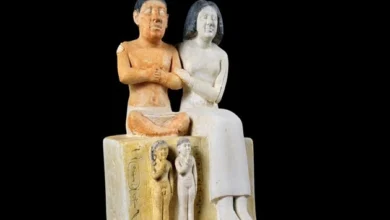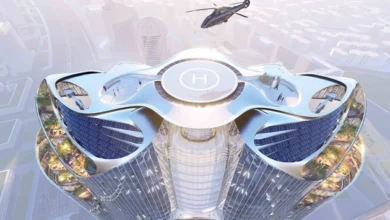Ten most mysterious temples of ancient Egypt
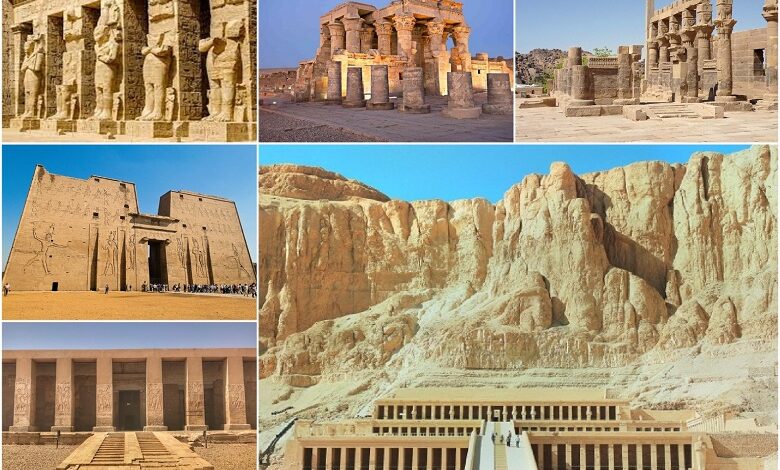
Do you like secrets, riddles, and mysticism? Then this tale is for you! Let’s talk about the temples of one of the most ancient civilizations on planet Earth – the civilization of Egypt.
Every day people go to the Red Sea to warm up and see temples ancient back thousands of years. Civilization years back to the end of the 4th century BC. e., located in northern Africa, along the Nile River.
The word “Egypt” itself probably comes from the ancient Greek name “Aigyptos.” And the inhabitants of Egypt called it the Black land because of the fertile black soils of the Nile flood plains.
The temple in Egypt not only served the worship of gods and communication with the other world but was also a source of wisdom and knowledge. Even property donate to the gods to get good luck in return. Pharaohs were revered there, and only privileged persons bury inside the buildings.
All the Egyptians came to pray at the temple, but ordinary residents were forbidden to participate in rituals and be in the holiest parts.
Since Egypt is entirely devoid of forests, buildings were built of stone or cut out of rocks. Temples make according to the orders of the pharaohs; therefore, they decorate very solemnly. The most revered were the pyramids; only the paramount rulers of the country bury in them.
The most mysterious temples of ancient Egypt are:
1. Temple of Medinet Habu
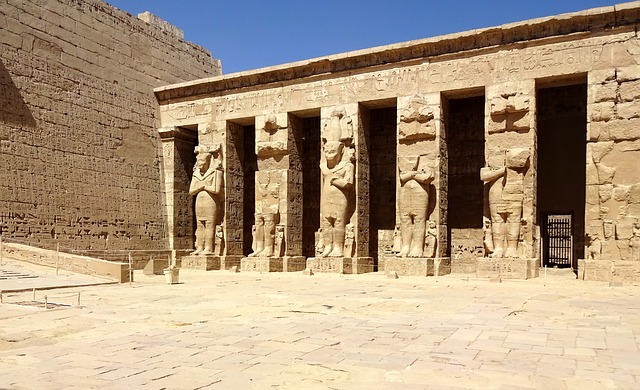
According to ancient Egyptian mythology, the large-scale palace and temple complex of Ramses III build in honor of the god of sacred black space and air – Amun, who, according to ancient Egyptian mythology, was born here, on the banks of the Nile River in Luxor—built under the rulers, pharaoh Hatshepsut and Thutmose III, in the XII century BC. and known for inscriptions and reliefs, as well as depicting the attacks of the Peoples of the Sea and the victory of Ramses III.
2. Temple of Kom Ombo
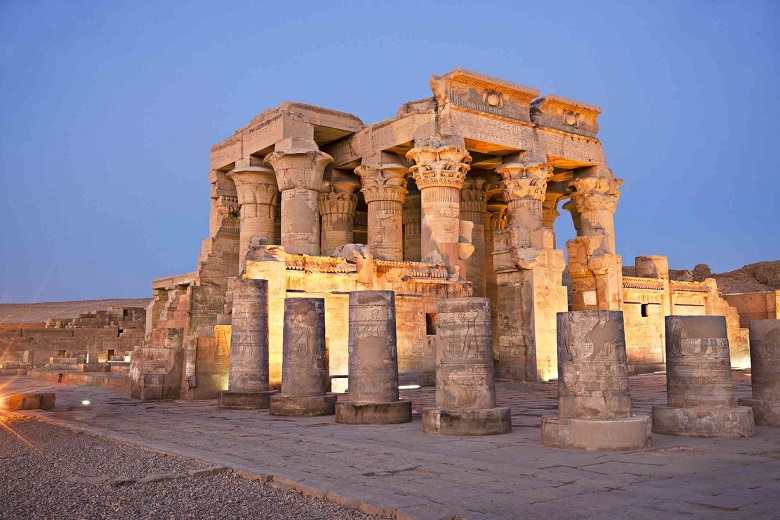
Two identical buildings are facing each other. The secret of this location is that the temple dedicates to two gods at once – the god of abundance, “Sebek,” and the god of the sky, “Horus.” Built during the rule of the Ptolemaic dynasty in the II – I century BC.
The temple partially destroys by the waters of the Nile and earthquakes. Differs in bas-relief paintings, inside you can see stuffed crocodiles since they were previously considered sacred animals and find in the river in huge numbers.
3. Colossi of Memnon
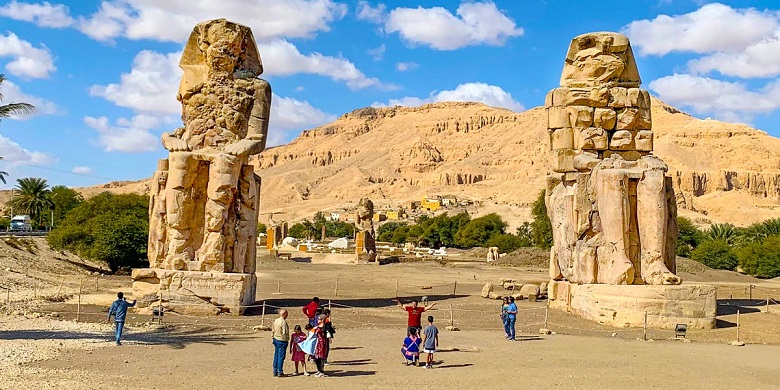
Two sculptures of eighteen meters each, personifying the pharaoh Amenhotep III, the approximate age of the sculptures is about 3400 years. The side parts of the statues depict the god of the Nile River – “Hapi.” Quartz sand sculptures guard the temple of Amenhotep.
4. Temples of Philae Island
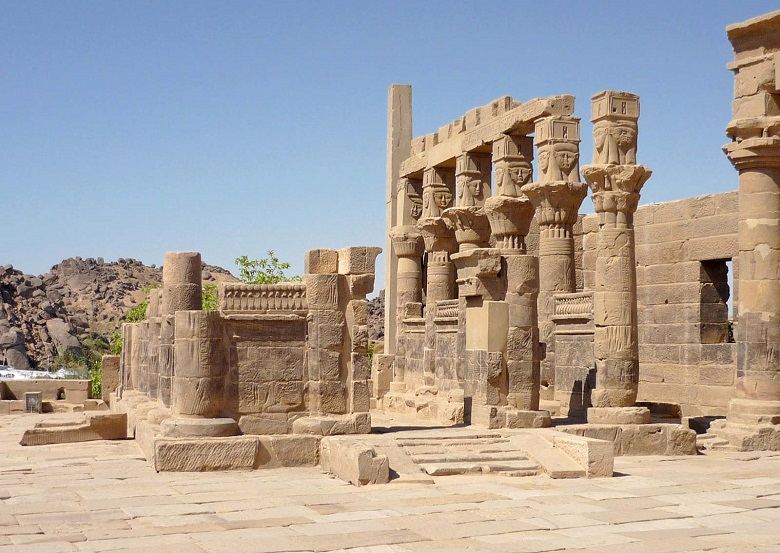
In ancient times, as now, the island of Philae was a place of worship for Isis, the goddess of fertility, water, and wind, and Hathor, the goddess of heaven, love, and femininity. The ensemble consists of the temples of the Ptolemaic era: Nektanebo, Hathor, Troyan’s pavilion, and the main temple of Isis. The first buildings record in 370 BC.
5. Temple of Edfu
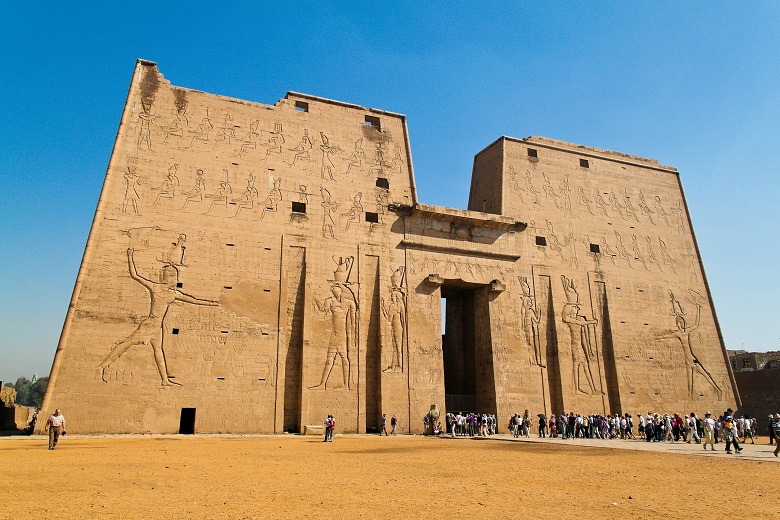
The second-largest temple in Egypt, its construction began in 237 and was completed in 57 BC, under Ptolemy XII and erected in honor of Horus, the god of the sky and the sun form of a falcon. The building is situated in the city of Edfu.
The Temple of Edfu is also one of the best-preserved; the reason for this is that it was abandoned and swept by the sand for a long time. And only in 1860, its walls found, even the most miniature inscriptions remained intact.
6. Temple of Seti I (Abydos)

Seti I was a pharaoh and was the father of the famous Ramses II. Its reign and construction fell on 1290 – 1975 BC. The temple dedicates to the god of the underworld,” Osiris.” Alas, only its main structure has survived from the entire complex.
7. Egyptian Temple of Hatshepsut

Years of construction – 1482 – 1473 BC, in the desert, near Luxor. The temple is located in Luxor and is the tomb of the famous Queen Hatshepsut. Its walls paint with fragments of her life and reign, images of the gods.
8. Luxor Temple
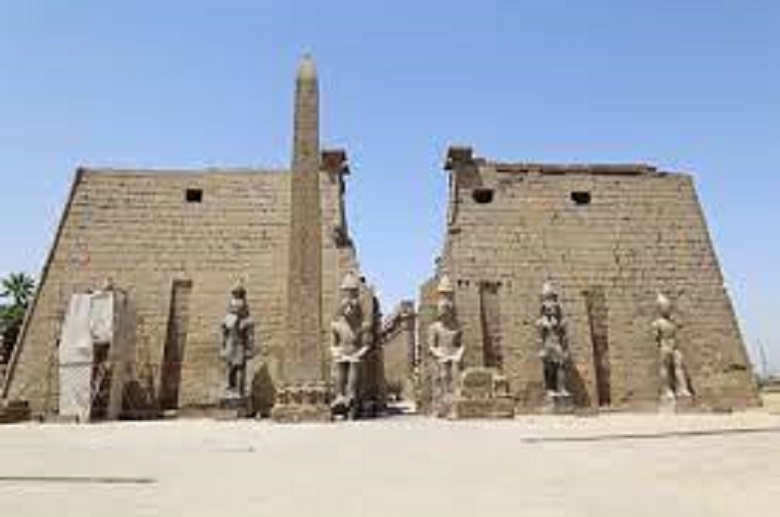
It is one of the most monumental temples of Ancient Egypt. An alley of sphinxes constructed between it and the Karnak temple. The shrine is dedicated to the gods Amun, Mut, and Khonsu. Amun is the god of black space and air, Mut is the goddess of the sky, Khonsu is the god of the moon. Its main features are many columns and solemnity!
Located in the modern part of the city of Luxor, and is the ruins of the main temple of Amun-Ra. There were four sculptures at the entrance to it, and in the 19th century, one of them migrated to the center of Paris.
9. Abu Simbel
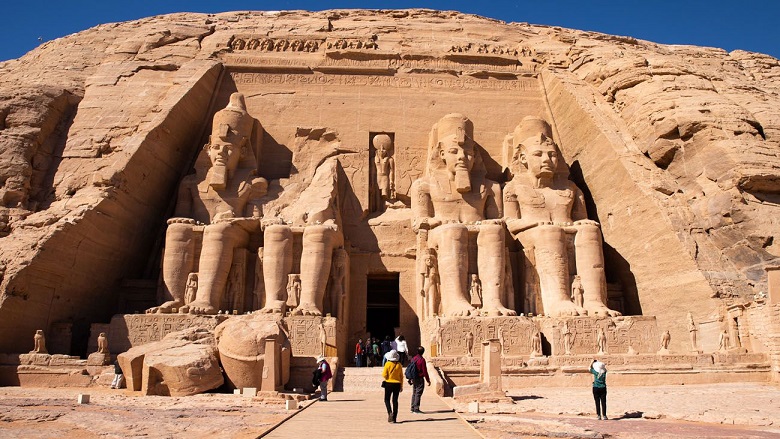
The location of this complex of two temples carved into the rock attracts many tourists to the small settlement of Abu Simbel every day for good reason! The more significant temple dedicated to Ramses II, the god Amun, Ra-Horakhyi, and Ptah, the smaller one – Nefertiti and the goddess Hathor. The temple was built in 1279 – 1213 years BC.
In the 1960s, the Egyptian authorities, together with UNESCO, saved it from being flooded by nearby lakes. Thirty tons of the temple was divided into pieces and moved 200 meters.
10. Karnak Temple of Ancient Egypt
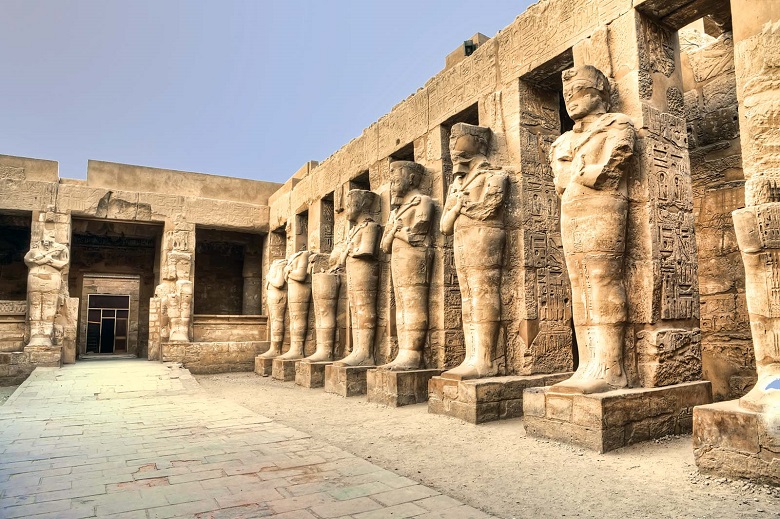
It is the largest temple in Egypt ever found by archaeologists. It dedicates to three main deities: Amon-Ra, his wife Mut, and his son Khonsu. It was erected and is located to this day on the east bank of the Nile, in Karnak. Archaeologists found it in the 19th century.

